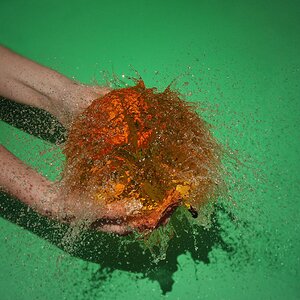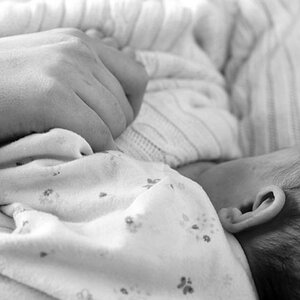somewhatamazing
TPF Noob!
- Joined
- Nov 27, 2014
- Messages
- 3
- Reaction score
- 0
- Can others edit my Photos
- Photos OK to edit
Hi!
I don't even know I this is plausible or who to ask, but maybe some of you have some advice..
I have a system that utilizes a zoom camera lens as a projection lens. Meaning lens is mounted on a system that has a illuminated object ("picture") at the rear end of the camera lens and it projects the image on to a system of mirrors (to make the system smaller) and then to a screen. All that is done to project the image multiple times larger than the original picture. Object is at fixed position.
What I would like to know: can I relay on the fact that projected image will be sharp (mostly in focus) because the camera lens used at specific parameters has a certain depth of focus if the projection screen can have multiple positions (~20cm from first to last screen)?? The idea is that nothing is being changes in the camera settings, the position of the screen changes and the projected image needs to be considerably sharp. Thought if I focus the projection system to the middle point of the screen positions (at 10cm) if the depth of field could cover the fact that all screens show sharp image or this is not how such system would work?
I could not understand if "depth of field" is even applicable term in this case..
I added a badly drawn paint picture to make this more clear. Pleas ask in any other info is needed or if you have any tips where to look for an answer.
Tnx!
I don't even know I this is plausible or who to ask, but maybe some of you have some advice..
I have a system that utilizes a zoom camera lens as a projection lens. Meaning lens is mounted on a system that has a illuminated object ("picture") at the rear end of the camera lens and it projects the image on to a system of mirrors (to make the system smaller) and then to a screen. All that is done to project the image multiple times larger than the original picture. Object is at fixed position.
What I would like to know: can I relay on the fact that projected image will be sharp (mostly in focus) because the camera lens used at specific parameters has a certain depth of focus if the projection screen can have multiple positions (~20cm from first to last screen)?? The idea is that nothing is being changes in the camera settings, the position of the screen changes and the projected image needs to be considerably sharp. Thought if I focus the projection system to the middle point of the screen positions (at 10cm) if the depth of field could cover the fact that all screens show sharp image or this is not how such system would work?
I could not understand if "depth of field" is even applicable term in this case..
I added a badly drawn paint picture to make this more clear. Pleas ask in any other info is needed or if you have any tips where to look for an answer.
Tnx!


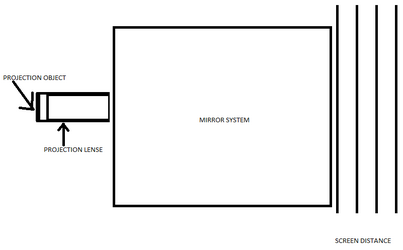
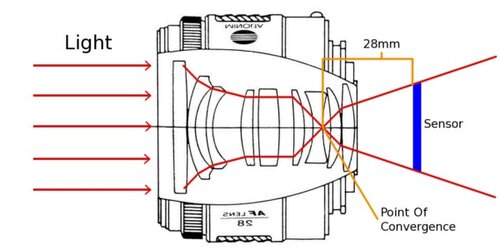


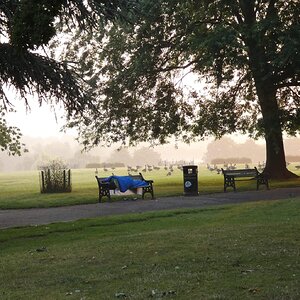

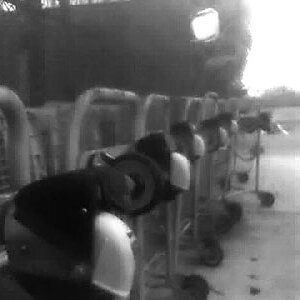
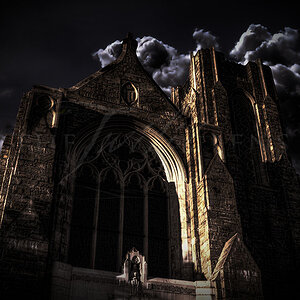

![[No title]](/data/xfmg/thumbnail/36/36301-27972c0474532c2ef657014362950733.jpg?1619737495)
